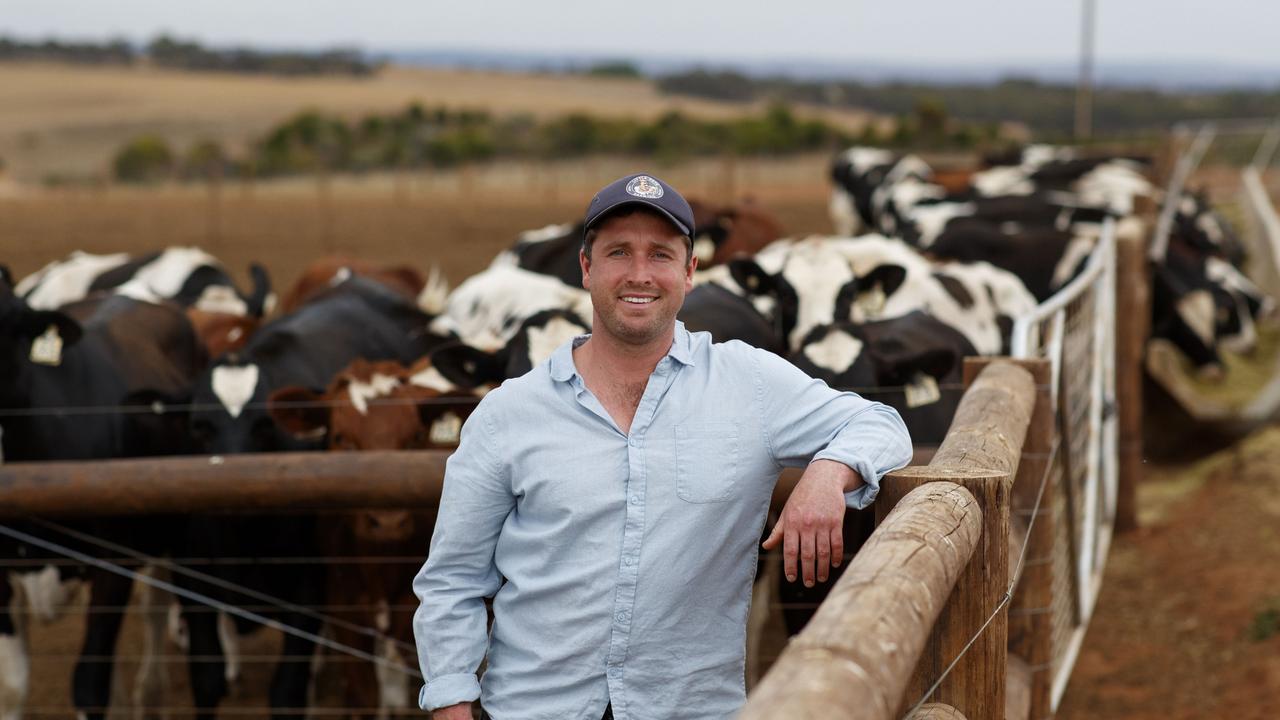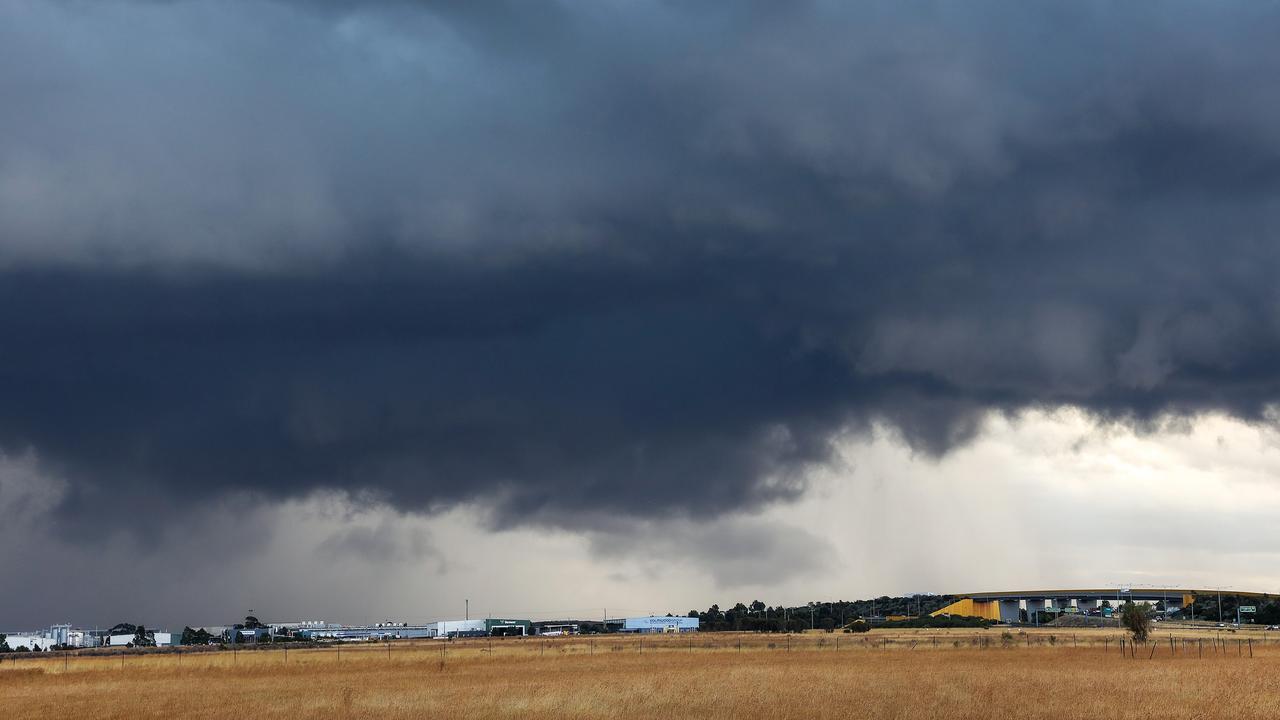New emissions target: ‘Risks and opportunities’ for agriculture
Australia has revised its emissions reduction target of 43 per cent. This is how peak farming bodies plan to meet their obligations.

The raising of Australia’s emissions reduction target presents both risks and opportunities for the nation’s agriculture industry, according to farmers’ peak national body.
The Albanese Government announced last week Australia’s 2030 emissions reduction target had been raised from 26-28 per cent to 43 per cent, and legislation would be taken to parliament when it resumes late next month.
The National Farmers’ Federation solemnly “acknowledged” the Federal Government’s heightened contribution to the Paris Agreement, the legal binding international treaty on climate change.
“The NFF acknowledges the need to develop options for independent advice, and leaps in innovation and technology, such as feed supplements for livestock and fertiliser coating. This is critical to ensure farmers can make informed decisions regarding their business,” the peak farming body said in a statement.
NFF managing director of natural resource management Warwick Ragg said agriculture was a carbon emitter and sequester, “so the risks are the burden of managing emissions, both methane and nitrous oxide, and how we go about that in the most cost effective way”.
“The opportunities are to increase carbon sequestration in the agricultural landscape and to get a monetary benefit from that,” he said, adding the inherent risk with a strong carbon price was the potential for prime agricultural land being used for carbon farming that was locked away and neglected.
The other risk to the nearly $61b industry was an expectation for zero methane emissions, which Mr Ragg said was an unrealistic expectation of the livestock sector, and instead should be about reductions, such as through vaccines and feeding cattle a type of red seaweed.
He said the NFF would be seeking a commitment from the Albanese Government to deliver regionally based carbon and biodiversity advisers, for which funding was allocated for in this year’s federal budget but is yet to be legislated.
Grain Growers chair Brett Hosking said the opportunities were greater than the risks from a more aggressive emissions reduction target, but the focus of the sector was greater clarity in the measurement of emissions and carbon storage on-farm.
“It’s very difficult for growers to get a baseline of what their emissions profile looks like,” Mr Hosking said.
Cattle Council of Australia’s acting chief executive John McGoverne said the beef industry was a national leader in reducing greenhouse gases, with data showing emissions were down 58 per cent on 2005 levels.
“The beef industry has funded significant R & D in genetics and feed additives that slash methane emissions,” he said. “Legislating a carbon target would not impact on the beef industry as we plan a pathway to have net zero emissions by 2030.”
Dairy Australia last year released its climate strategy that said the industry was investing in an educational package for farmers to understand their emissions and reduce them, and feasible methane reduction technologies.





